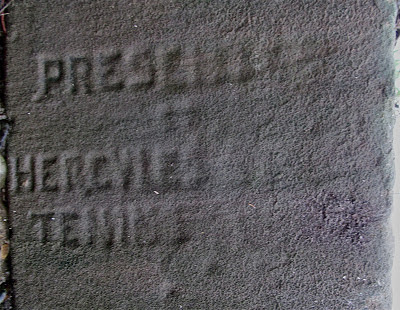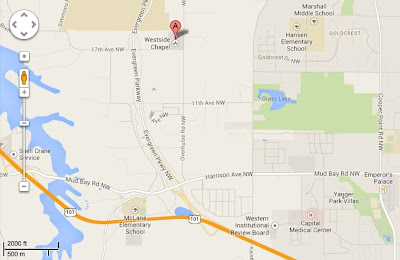 |
| Beneath the two archaeologist hats are, in fact, two archaeologists. The beer box is a trickster, though, containing only artifacts. |
So instead of the half dozen committed geeks huddled over a few screens that I expected, there have been a couple dozen people for each of the last two weeks. Students working with their profs, with archaeologists both employed and avocational, people who have been doing this for a few years or a few decades sharing screens with the next generation. "Good eye...nope, just a rock...the middle of that rusty concretion looks like a mchine cut nail..." and eventually an "Oh wow!" that brings over people from other screens, or goes on tour with its finder. It's good for us old guys to work with people for whom this is all new. Questions keep us on our toes, and watching as eyes see things for the first time is rejuvenating.
I'd say more than half the pile has been sifted at this point, and the Wow finds and their more mundane companions are beginning to pile up. Everybody finds something, and even if any one piece of glass may not thrill, everyone is getting some experience in a pretty stress-free situation. No stratigraphy to interpret, no bulldozers idling at the edge of the pit, no obligation to write a report (except for me, I guess, but I have this feeling that volunteers will emerge for that phase, too). Just spray, look, and pull out the artifacts. Even from quarter-inch screens, students and vets alike are coming up with small pieces, including things that could easily have passed through.
And the aggregated frags add up to data. The more there is, the more solid the report can be, the more likely we can say something and back it up. (Not that I'm against saying things with no evidence whatsoever; it's just nice to not always be winging it.) Also, as the numbers mount, so do the odds of finding the rarity that says something really interesting.
So I'm glad and grateful that the hordes have appeared for two weeks running. Far from the stereotypical pillaging Vikings, they're contributing. At odds with the sleeping in after a night of riotous partying charicature of college students, they're learning and helping.








